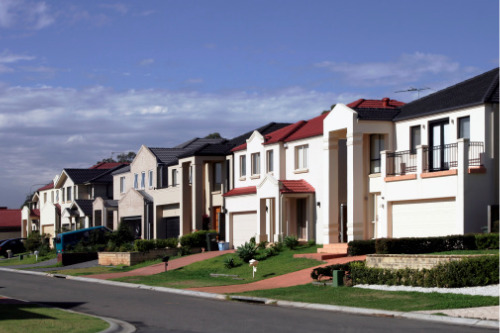High-density areas see elevated resale losses as buyer preferences shift toward houses

Melbourne and Sydney continue to be among the least profitable capital city markets for property resales, driven largely by an oversupply of units in specific areas, according to new figures from Cotality.
Cotality’s "Pain and Gain" report revealed that 5.1% of property sales across Australia recorded a financial loss in the March quarter. The median loss was $44,000, slightly below the $45,000 reported in the December quarter.
Melbourne ranked as the second-worst performing capital for resale profitability, trailing only Darwin, where 26.2% of transactions ended in a loss. In Melbourne, 11.3% of property sales were loss-making during the quarter, while Sydney posted a 7.7% rate.
Cotality’s head of Australian research, Eliza Owen, said the proportion of loss-making sales was unchanged from the previous quarter. “The rate of profitability has steadied because of the weakness in the capital growth trend late last year,” she said.
“There’s a slight increase in the chance people will make a loss, and that chance comes from people who have only held a property for a short period of time,” Owen said. “Another trend we see is that in markets that have been steady for a long time, prices don’t grow enough for short-term resales to make a profit.”
Owen noted that loss-making sales were heavily concentrated in a small number of high-density areas. “Australia-wide, of all the loss-making sales, 63% were units,” she said. “But in any given quarter, units only make up about 30% of all sales. That means units have a disproportionate level of loss making, and that loss-making comes down to just a few pockets.”
In the March quarter, Melbourne City recorded the highest share of loss-making sales nationally at 47.6%. Other Victorian hotspots included Stonnington (36.6%), Yarra (27.4%), and Port Phillip (27%). In Sydney, the Ryde (26.5%), Parramatta (23.6%), and Burwood (22.5%) council areas posted the highest loss rates, each with a large proportion of apartment stock.
Westpac senior economist Matthew Hassan said the trend reflected long-standing issues with the unit segment. “For some time now we’ve observed quite a difference between units and houses,” he said. “There are some reports that with units... new units can depreciate initially and there are some submarkets where there’s a premium on brand new versus slightly older units.”
He added that demand had shifted since 2019. “This is about the preference shift we’ve seen since 2019 towards detached houses, but also the legacy of construction issues, which I would have hoped would be behind us now,” Hassan said.
Want to be regularly updated with mortgage news and features? Get exclusive interviews, breaking news, and industry events in your inbox – subscribe to our FREE daily newsletter. You can also follow us on Facebook, X (formerly Twitter), and LinkedIn.



